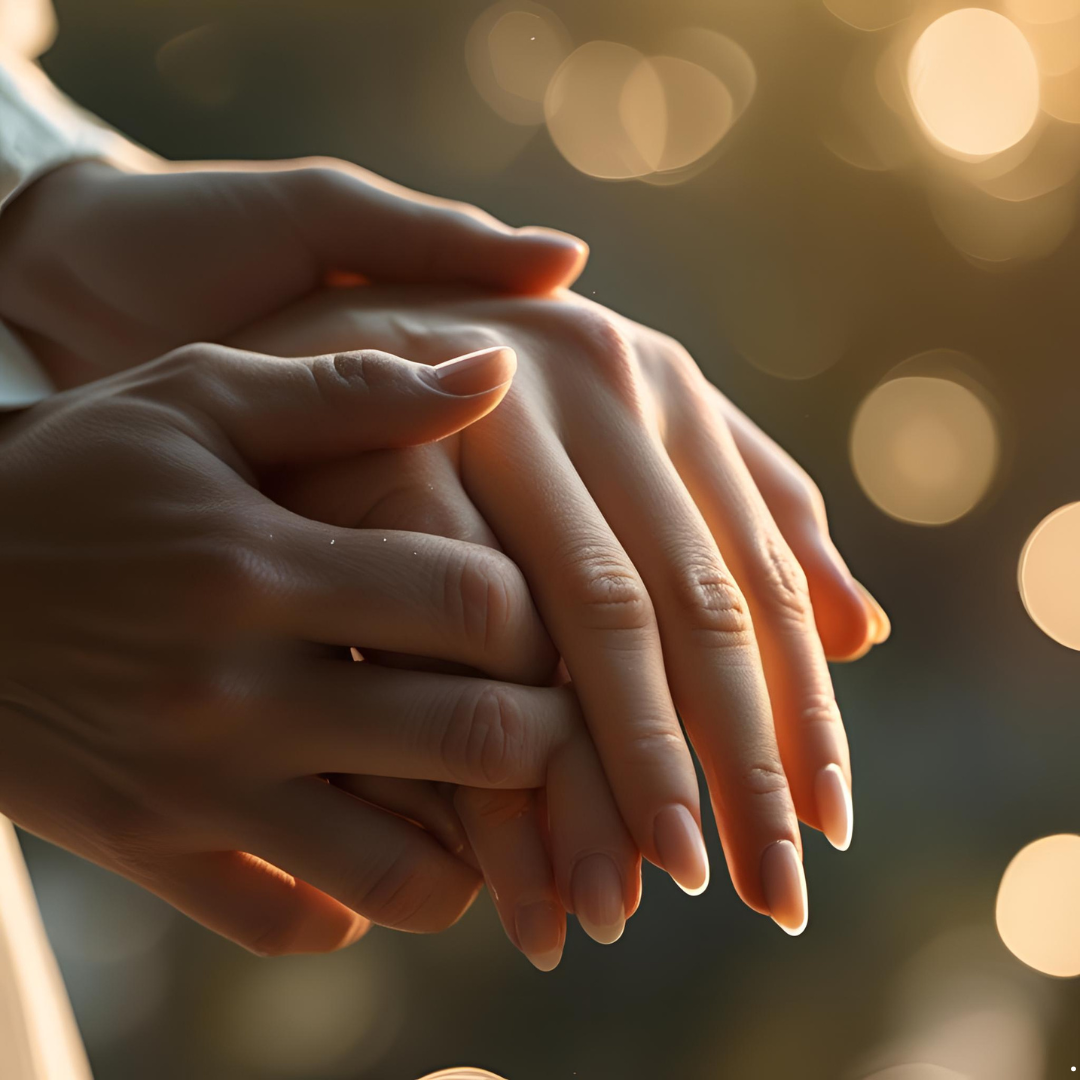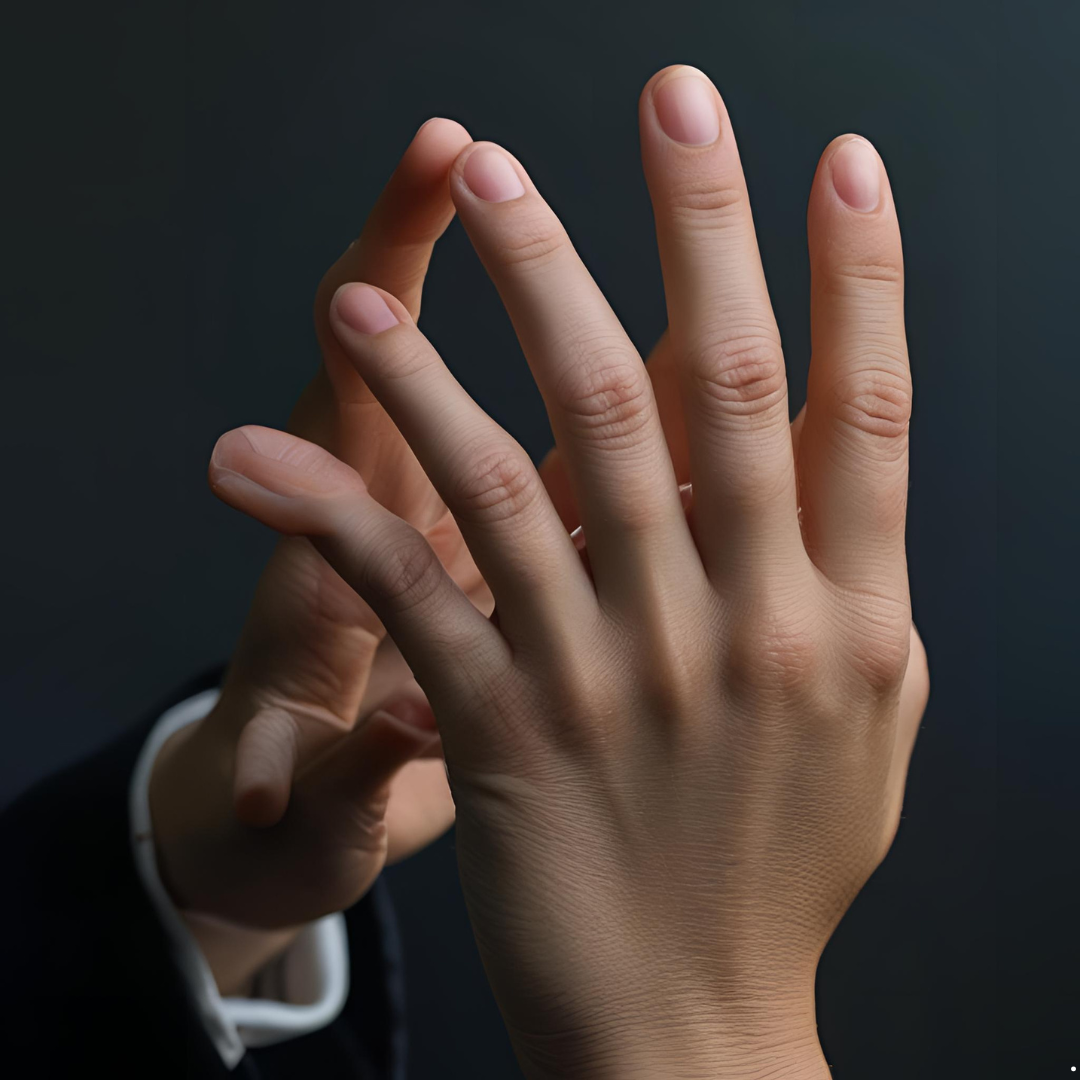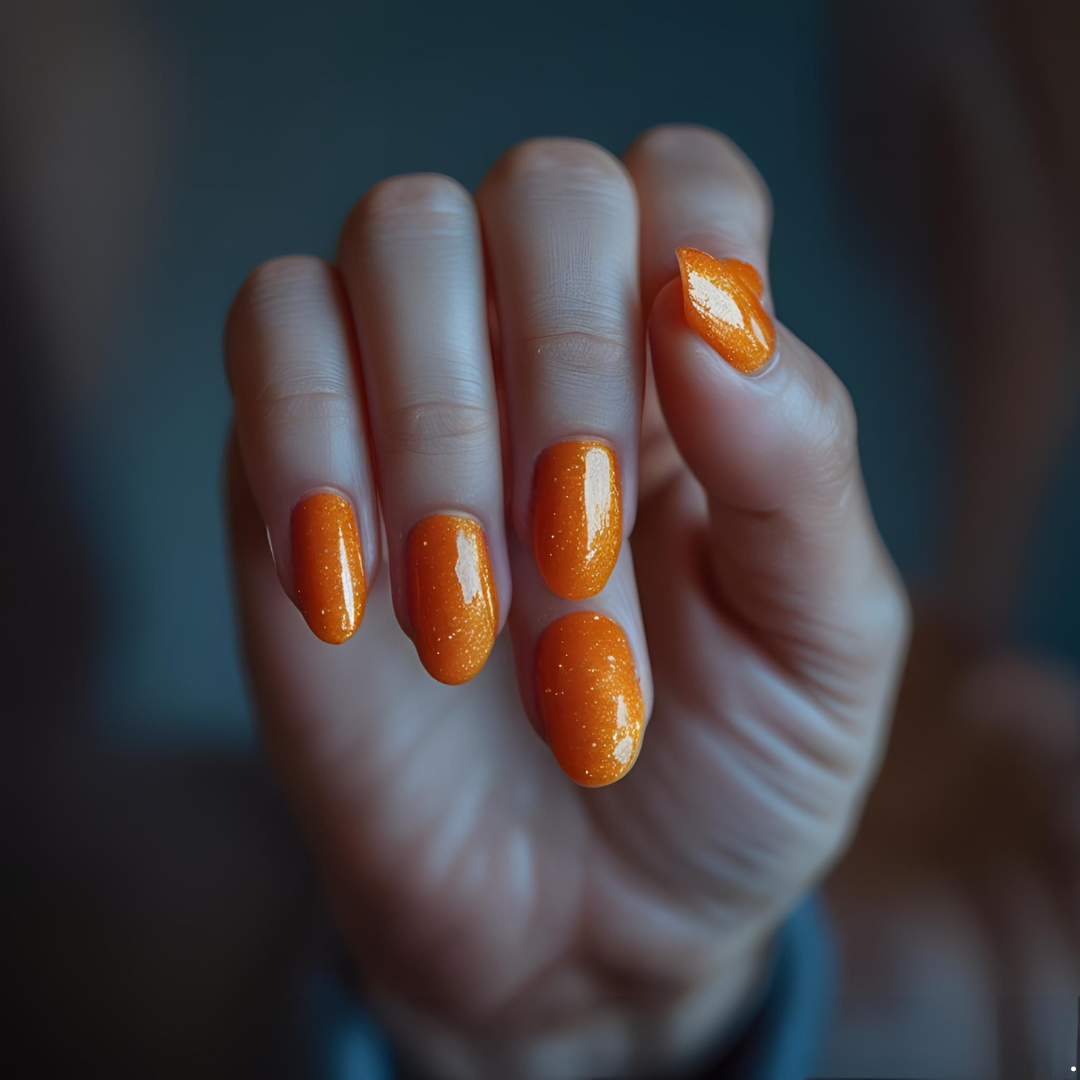Why AI Still Struggles to Draw Realistic Hands
If you’ve ever used an AI image generator, you’ve probably noticed that hands often come out… weird. Extra fingers, twisted joints, melted palms — the stuff of uncanny nightmares. But why do AI models, which can create stunningly realistic faces and landscapes, still fumble something as familiar as a hand?
The short answer: hands are one of the most complex and varied parts of the human body, and AI has no real understanding of their structure.
1. Complex Anatomy in Constant Motion
Hands contain 27 bones, multiple joints, and an incredible range of movement. Even tiny changes in angle can completely change how a hand appears. For an AI trained on millions of pictures, predicting every possible pose is a monumental challenge.
2. Overlapping and Hidden Fingers
In real life, fingers often overlap or partially hide behind each other. This confuses AI models, which have to guess where one finger ends and another begins — often leading to extra or missing digits.


3. Messy Training Data
Most hand images in training sets aren’t crystal-clear studio shots. They might be cropped, blurry, holding objects, or partially blocked. When the AI tries to generate a “clean” hand, it sometimes blends in irrelevant shapes it learned from these imperfect examples.
4. Symmetry Confusion
Humans instinctively know there are five fingers, and we can spot an error instantly. AI doesn’t “know” that — it just recognizes patterns from data. If a shadow or object in a training image looked finger-like, the AI might reproduce it as an extra digit.
5. Fine Details Are Hard to Get Right
Wrinkles, nails, and subtle curves are easy to distort if proportions aren’t perfect. AI image generators often smooth over or stretch these details, especially when the hand is small in the frame.
6. Trouble Blending with Context
When a hand is holding something — a guitar pick, coffee cup, or another hand — the AI has to merge two complex shapes. Sometimes, it mixes them up entirely, leading to surreal results.

The Bottom Line
Hands are tricky for beginners in art — and AI is no exception. Without a built-in “body plan,” image generators rely entirely on pattern recognition, which means any flaw in the data or pose can throw the whole thing off.
The good news? Newer AI models are starting to use 3D-aware training and anatomy-based constraints, so the days of cursed six-fingered hands may soon be over.
